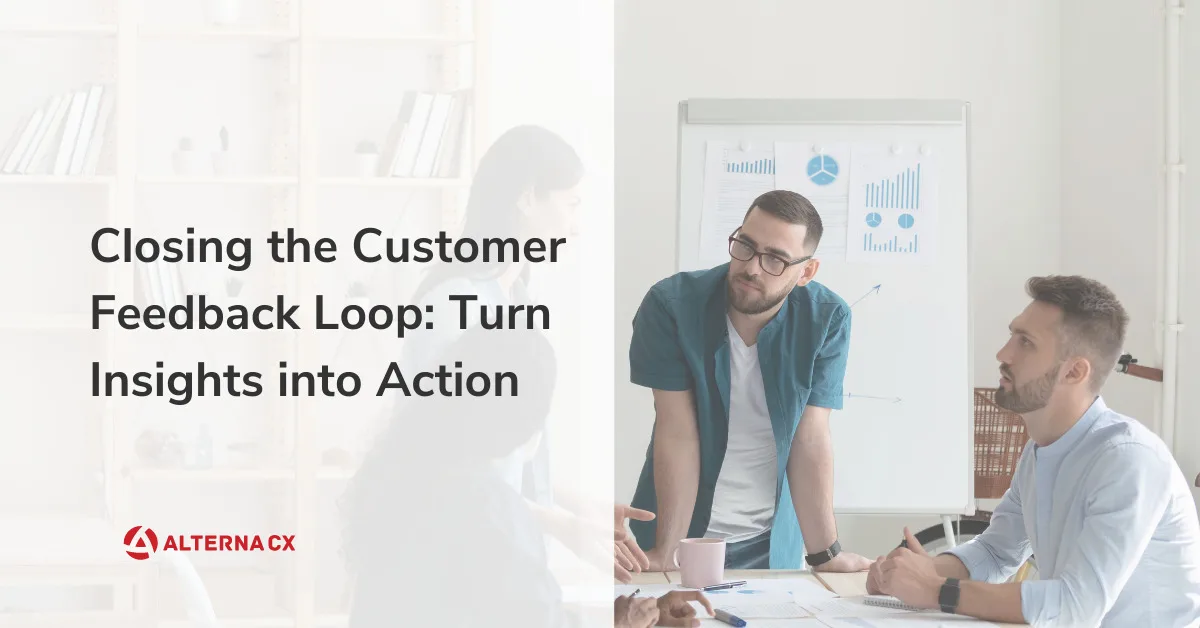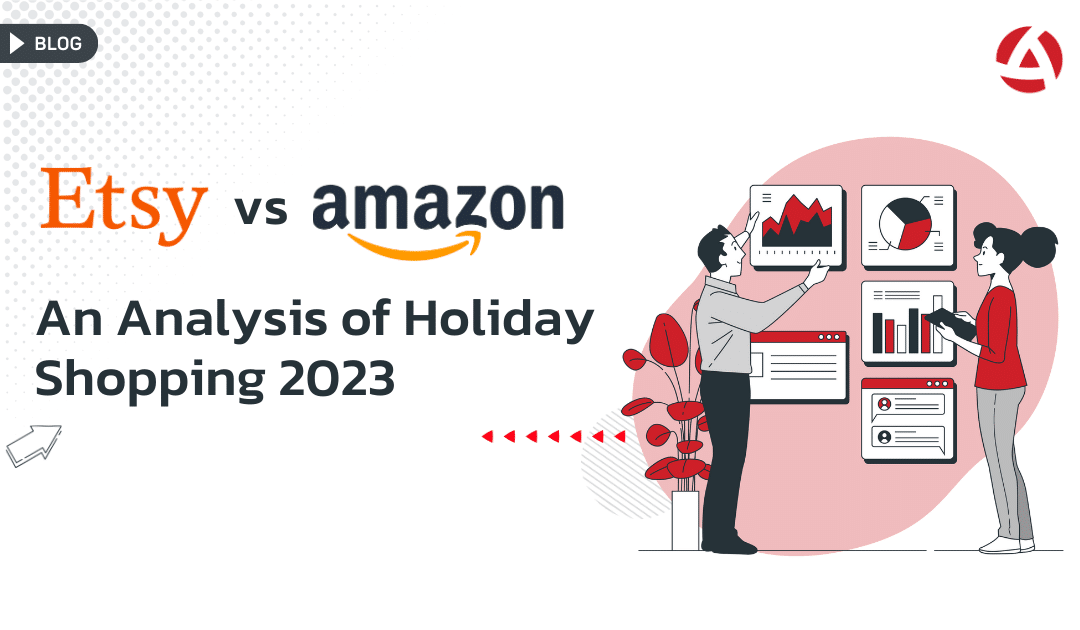Closing the Customer Feedback Loop
Closing the customer feedback loop is considered a milestone in building trust and loyalty with your customers.
As Fred Reichheld and Rob Markey stated in their article*:
“Closing the loop is a central element of the Net Promoter System℠. To close the loop is not only to let customers know that you have heard their feedback but also to bring the customer’s voice right inside the organization. Employees get a direct line to the people they are serving. They see and hear how they are creating or destroying loyalty and what they can do to improve matters. The feedback provides immediate, compelling reasons to up their game, fix problems and come up with innovations that will make for a better customer experience. It offers the satisfaction of a job well done when the comments are positive, and it provides course corrections and incentives for improvement when they are negative.”
Most voice of customer programs include listening to customers through surveys, social media and other channels as well as analyzing their feedback in combination with other data such as CRM and financial data. But acting – quickly – on feedback is the most skipped step by companies although it improves customer loyalty when carried out correctly. Closing the feedback loop is a personal, one-to-one communication that shows your customers that you’ve heard them and built what they asked for. It gives you credit for building what your customers want. Why that matters to your customers:
- Know me: Use what you know to provide me with what I need
- Hear me: Listen, learn and act on what I say
- Value me: Demonstrate that you value our relationship
– How it works
Closing the feedback loop is a perpetual work in progress. It is useful to think of this process in terms of four sequential stages: Listen, Analyze, Act, Monitor. But in reality, these stages should occur simultaneously as well as repeatedly.
Listen: First step is listening to your customers and gathering data.
Analyze: Once you gather the data then it is time to analyze smartly using advanced analytic tools.
Act: Now, you need to take actions based on what you’ve learned. Responding to feedback in a timely manner requires efficiency, and having structured processes in place can help teams coordinate and manage follow-ups effectively. Utilizing smart scheduling solutions can streamline internal workflows, ensuring that customer concerns are addressed promptly and cross-functional teams can collaborate without delays.
Monitor: Continuously track results of your actions.
– Some common pitfalls and how to avoid them
- Acting on only for dissatisfied customers: Both dissatisfied and satisfied customers are important for designing the close the loop process.
- Keeping at only operational level: Closing the customer feedback loop requires cross functional and coordinated efforts across the company so any level (from frontline to C-Suite) should be part of the process.
- Jumping to immediate solutions without understanding the root causes: A well-defined structural problem-solving approach such as PDCA, 6-Sigma, etc would be helpful to find the root causes.
- Not prioritizing the drivers affecting the score: Driver analysis helps to identify what to prioritize for getting the most impact thru the system. Don’t allocate your resources and energy randomly.
- Not touching to structural and strategical issues: Operational issues can be solved quickly and often lead to quick score increases. Structural and strategic issues typically take more time to solve but lead to higher NPS increases over time.
– Conclusion
Closing the customer feedback loop is one of the easiest ways to reinforce a positive experience or fix a negative one. Your customers want to know that their time and opinions are valued. There is nothing more frustrating than giving constructive criticism and never receiving a follow-up.
Understanding and responding to customer feedback is an ongoing process, thus make sure to constantly keep up with your customers needs and increase their loyalty.
https://www.bain.com/insights/closing-the-loop/




